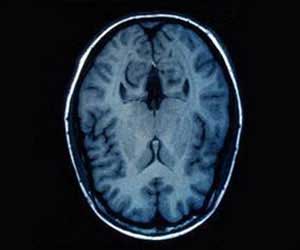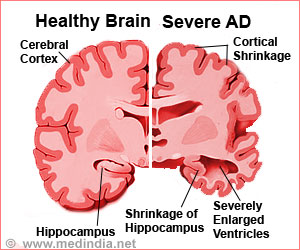An impressive degree of structural diversity is shown by modern proteins, which has been well characterized.

In a study published by Cell Press August 8 in Structure, researchers resurrected 4-billion-year-old Precambrian proteins in the laboratory and gained novel insights into protein evolution by analyzing their X-ray crystal structures. This method has revealed a remarkable degree of structural similarity among proteins since life first evolved on this planet, and it represents a powerful and novel approach to explore the evolution of protein structures.
"So far, attempts to understand protein structure evolution have been based on the comparison between structures of modern proteins. This is equivalent to trying to understand the evolution of birds by comparing several living birds," says senior study author Jose Sanchez-Ruiz of the University of Granada. "But it is most useful to study fossils so that changes over evolutionary time are apparent. Our approach comes as close as possible to 'digging up' fossil protein structures."
In a recent study, Sanchez-Ruiz and his collaborators constructed a phylogenetic tree of protein sequences by analyzing the amino acid sequences of thioredoxins—proteins found in organisms from the three domains of life, including bacteria, archaea and eukaryotes. Using this phylogenetic tree, they were able to resurrect Precambrian proteins in the laboratory and characterize their features.
In the new study, Sanchez-Ruiz teamed up with Jose Gavira of the Andalusian Institute of Earth Sciences (Spanish National Research Council – University of Granada) to analyze the X-ray crystal structures of the previously resurrected Precambrian proteins. They found that present-day thioredoxin structures are remarkably similar to those that existed at a time close to the origin of life, even though their amino acid sequences are very different. This finding supports a punctuated-equilibrium model of evolution in which protein structures remain constant over long time periods, with new changes occurring intermittently over short periods.
"In addition to uncovering the basic principles of protein structure evolution, our approach will provide invaluable information regarding how the 3D structure of a protein is encoded by its amino acid sequence," Sanchez-Ruiz says. "It could also provide information about how to design proteins with novel structures—an important goal in protein engineering and biotechnology."
Advertisement











